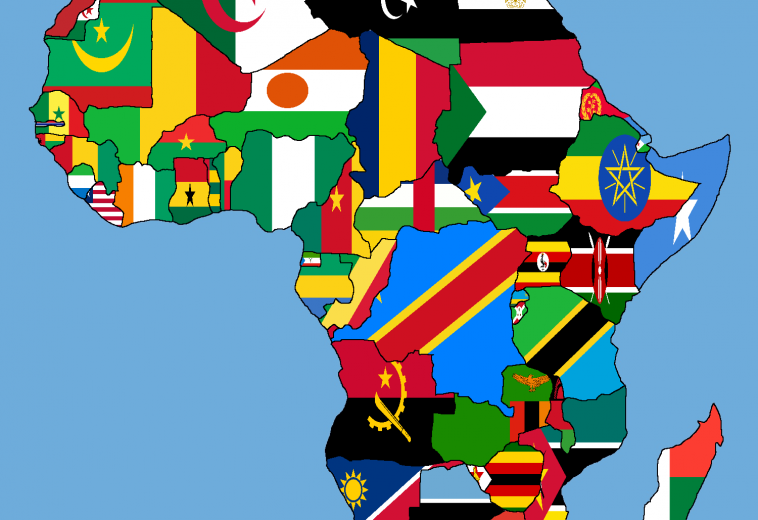Capturing the visual splendor of Namibia and its diverse ecosystems, Ralph Jones opined that “Namibia’s dramatic landscapes, from the icy Benguela current teeming with life to the ancient Namib Desert sculpted by relentless winds, offer a photographer’s paradise.” Namibia, a country etched by dramatic landscapes and a rich cultural tapestry, beckons the heroic traveler. This vast nation in southwest Africa boasts a coastline teeming with marine life, ancient deserts whispering tales of time, and stark yet breathtaking mountain ranges. Whether you crave the thrill of spotting desert elephants or the serenity of stargazing under an impossibly clear sky, Namibia offers an unforgettable experience.
Namibia’s coastline stretches for over 1,500 kilometers, offering a kaleidoscope of ecosystems. The icy Benguela current nurtures a bounty of marine life, transforming the shores into a wildlife haven. At Sandwich Harbor, near Walvis Bay, playful Cape fur seals bask on the beaches in raucous colonies, their barking calls echoing across the dunes. Boat trips from Walvis Bay offer the chance to witness dolphins, whales, and even the elusive marine big five: leatherback turtles, African penguins, Cape fur seals, elephant seals, and whales.
Venture inland and the landscape transforms into the otherworldly Namib Desert, the oldest desert in the world. This ochre expanse, sculpted by relentless winds over millennia, is a photographer’s paradise. Sossusvlei, a stark white pan encircled by towering red dunes, is particularly captivating. Sunrise paints the dunes in a fiery palette, while the shadows cast by the afternoon sun create dramatic, ever-shifting landscapes. Climbing these ancient giants rewards you with breathtaking panoramic views. Death Valley, a stark white clay pan dotted with the bleached skeletons of acacia trees, offers a hauntingly beautiful contrast to the red dunes.
Namibia is not all sand and sky. The Damaraland region, characterized by rugged mountains and vast plains, is home to the iconic desert-adapted elephants. These magnificent creatures, with their elongated limbs and wrinkled skin, have learned to thrive in the harsh desert environment. Spotting a herd of these gentle giants against the backdrop of the rugged landscape is an unforgettable experience.
Further north, the Skeleton Coast unveils a different kind of beauty. Shipwrecks, weathered by time and sea, lie scattered along the shore, testaments to the unforgiving nature of the Atlantic Ocean. This desolate coastline, shrouded in mist, holds a strange allure, a reminder of the power of nature.
A Rich Traditions and Ancient Legacies
Namibia’s cultural heritage is as diverse as its landscapes. The Himba people, semi-nomadic pastoralists who inhabit the remote Kunene region, are renowned for their vibrant ochre attire and intricate beadwork. Their traditional way of life, centered around cattle herding and a deep respect for their ancestors, offers a glimpse into a bygone era. The Damara people, known for their intricate rock paintings, have inhabited the region for millennia. These paintings, depicting animals, human figures, and rituals, offer a window into their beliefs and way of life.
Swakopmund, a charming coastal town with a distinct German colonial influence, offers a taste of Namibia’s multicultural heritage. Half-timbered houses line the streets, while cafes entice visitors with delectable pastries. The National Marine Aquarium here provides a fascinating look into the underwater world of the Namibian coast.
Adventure Awaits
Namibia is a playground for adventure seekers. Hot air ballooning over the Namib Desert provides a bird’s-eye view of the dramatic landscapes, while sandboarding down the colossal dunes of Sossusvlei offers a thrilling adrenaline rush. Quad biking adventures allow you to explore hidden desert tracks and hidden oasis, while kayaking in the Skeleton Coast National Park lets you witness a unique ecosystem from a different perspective.
For the more sedate traveler, Namibia offers a plethora of scenic drives. Self-driving along the Skeleton Coast allows you to explore shipwrecks and dramatic scenery at your own pace. The Skeleton Coast National Park also offers guided hiking trails through otherworldly desert landscapes. Wildlife enthusiasts can embark on guided safaris in Etosha National Park, where sightings of lions, elephants, rhinos, giraffes, and zebras are almost guaranteed.
Stargazing Under Pristine Skies
Namibia boasts some of the darkest night skies in the world, making it a haven for stargazers. The lack of light pollution allows for unobstructed views of the Milky Way and countless constellations. Community-run stargazing experiences allow you to learn about the southern hemisphere’s celestial wonders from local experts. Lying on a stargazing bed in the NamibRand Nature Reserve, surrounded by endless dunes and an infinite tapestry of stars, is a truly humbling experience.
Planning Your Namibian Adventure?
The best time to visit Namibia depends on your preferences. The dry winter months (April to October) offer pleasant temperatures and clear skies, making it ideal for exploring the deserts and enjoying outdoor activities. However, this is also peak season, so expect higher prices and larger crowds. The shoulder seasons (March, April, November, and December) offer a good compromise, with comfortable temperatures and fewer crowds. The summer months (December to March) can be very hot, especially in the desert regions. However, this is the best time for wildlife viewing, as animals congregate around water sources.
Getting to Namibia is relatively easy. Several international airlines offer flights to Hosea Kutako International Airport near Windhoek, the capital city. Once in Namibia, renting a car is the most convenient way to explore, as public transportation is limited. However, guided tours are readily available for those who prefer a more structured experience.
Accommodation options in Namibia range from luxurious lodges nestled within the desert to budget-friendly campsites. For a truly unique experience, consider staying in a traditional Namibian homestead, where you can learn about the local culture and way of life.
Responsible tourism is paramount when visiting Namibia. Be mindful of your environmental impact by adhering to designated trails and disposing of waste properly. Support local communities by purchasing crafts and visiting community-run tourism initiatives. Respect the local culture by dressing modestly in remote areas and asking permission before taking photographs of people.
Namibia is a land of stark beauty, captivating landscapes, and rich cultural heritage. From witnessing playful seal colonies to stargazing under a blanket of stars, this extraordinary country offers an unforgettable adventure for every kind of traveler. So, pack your sense of adventure, and prepare to be awestruck by the magic of Namibia.


